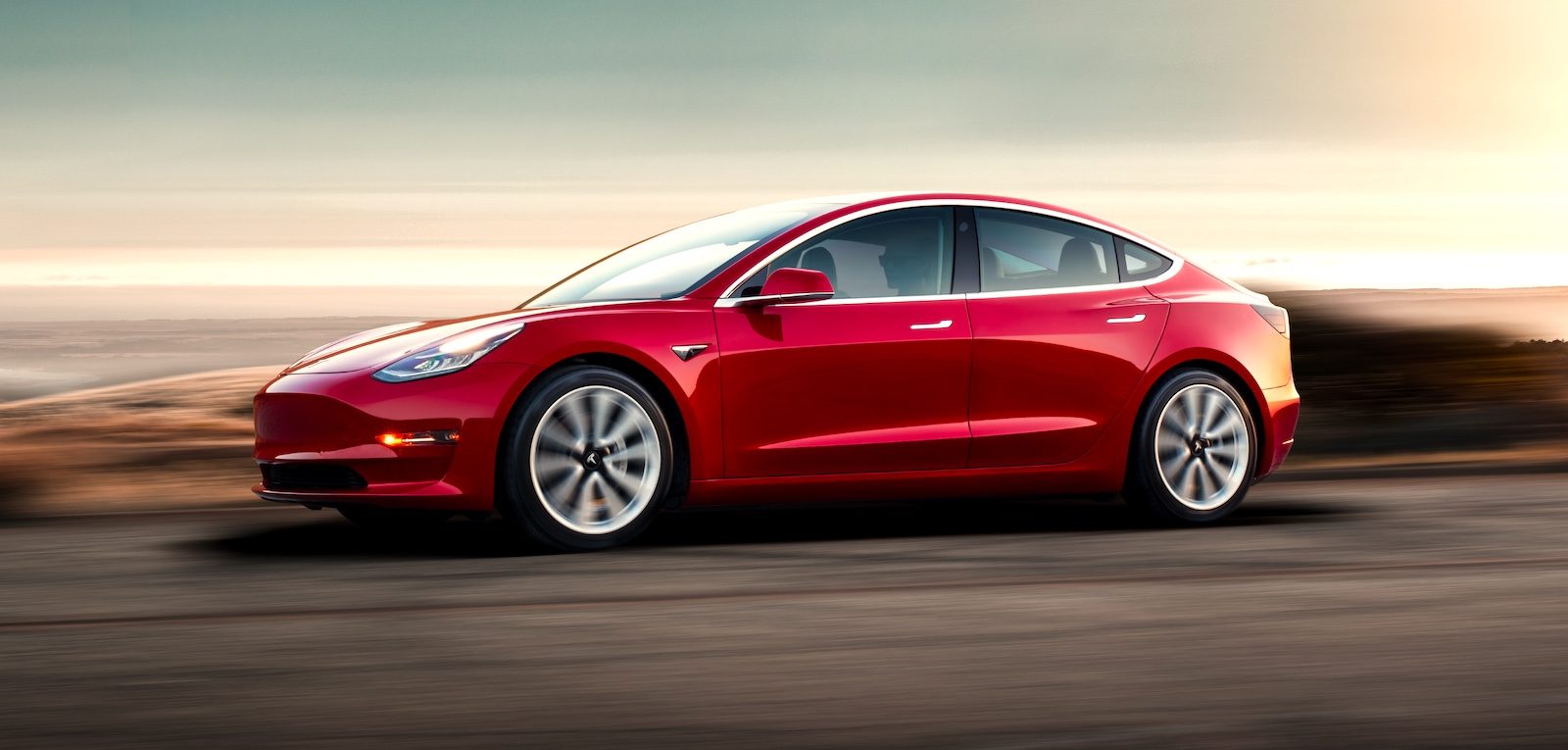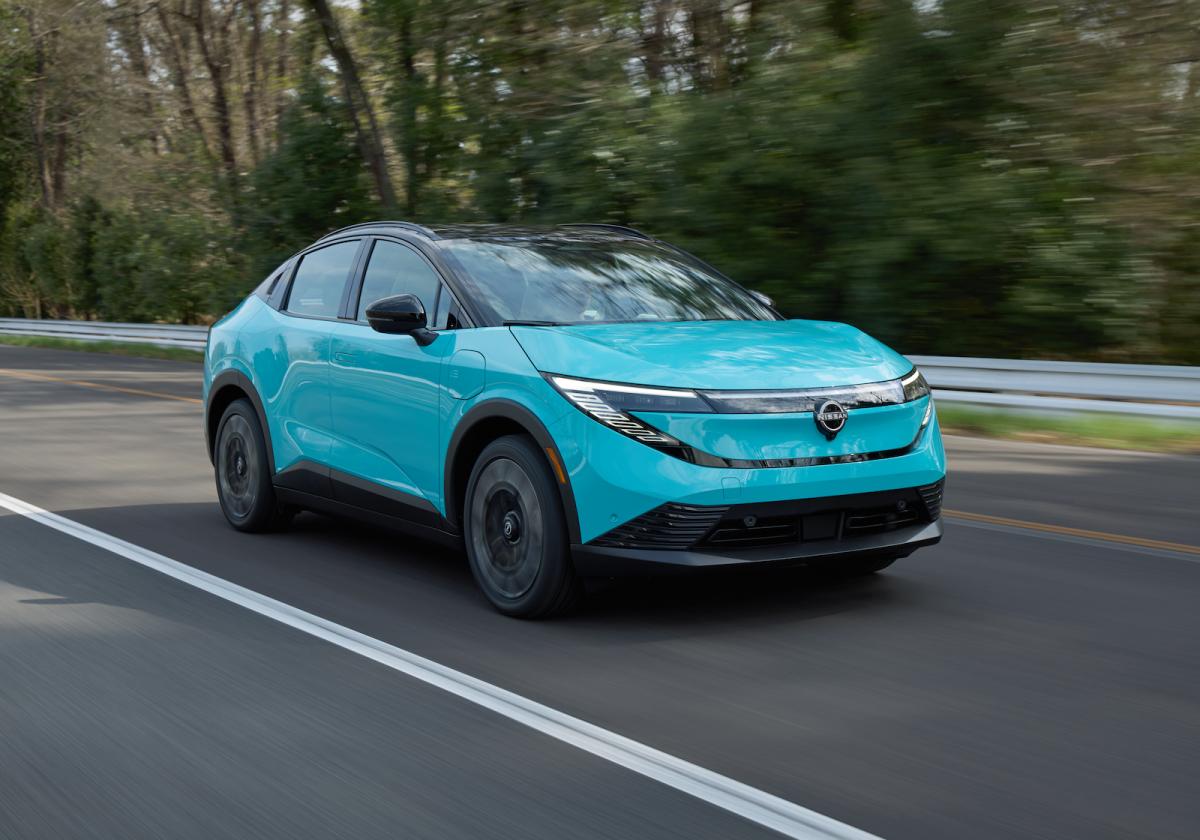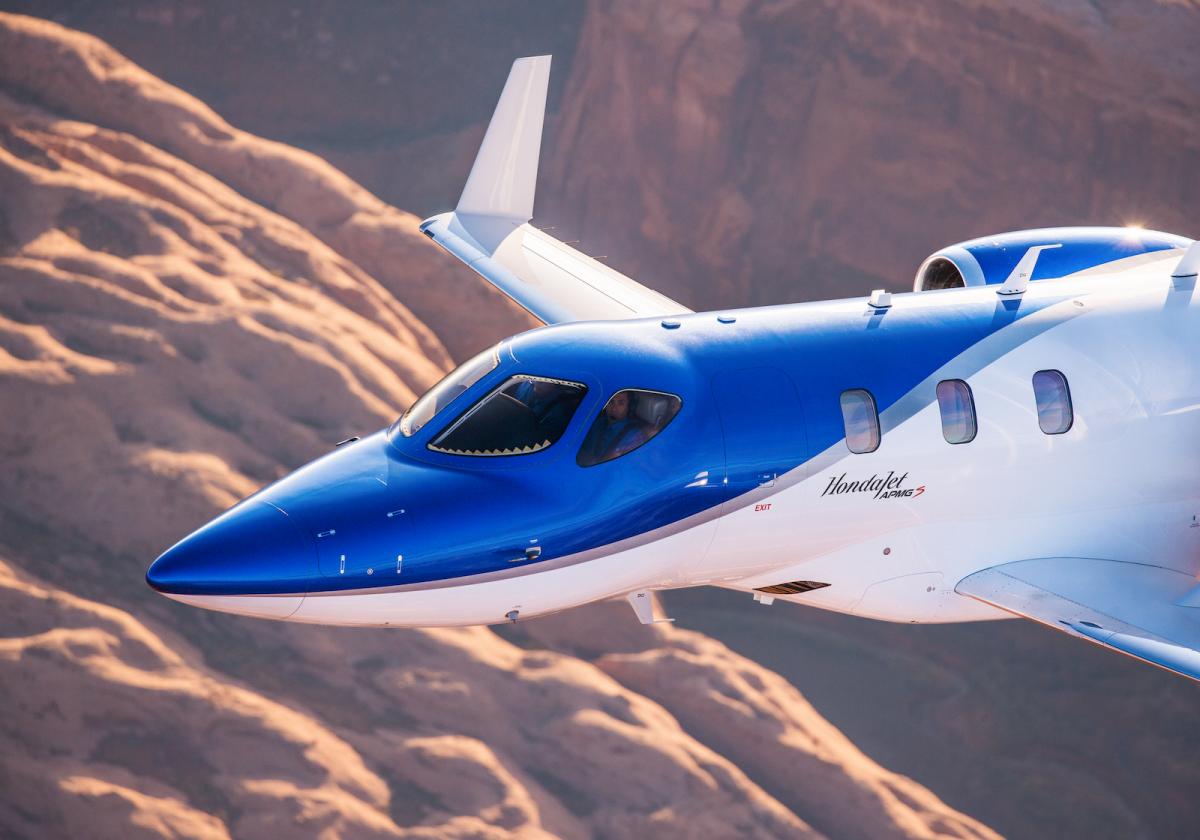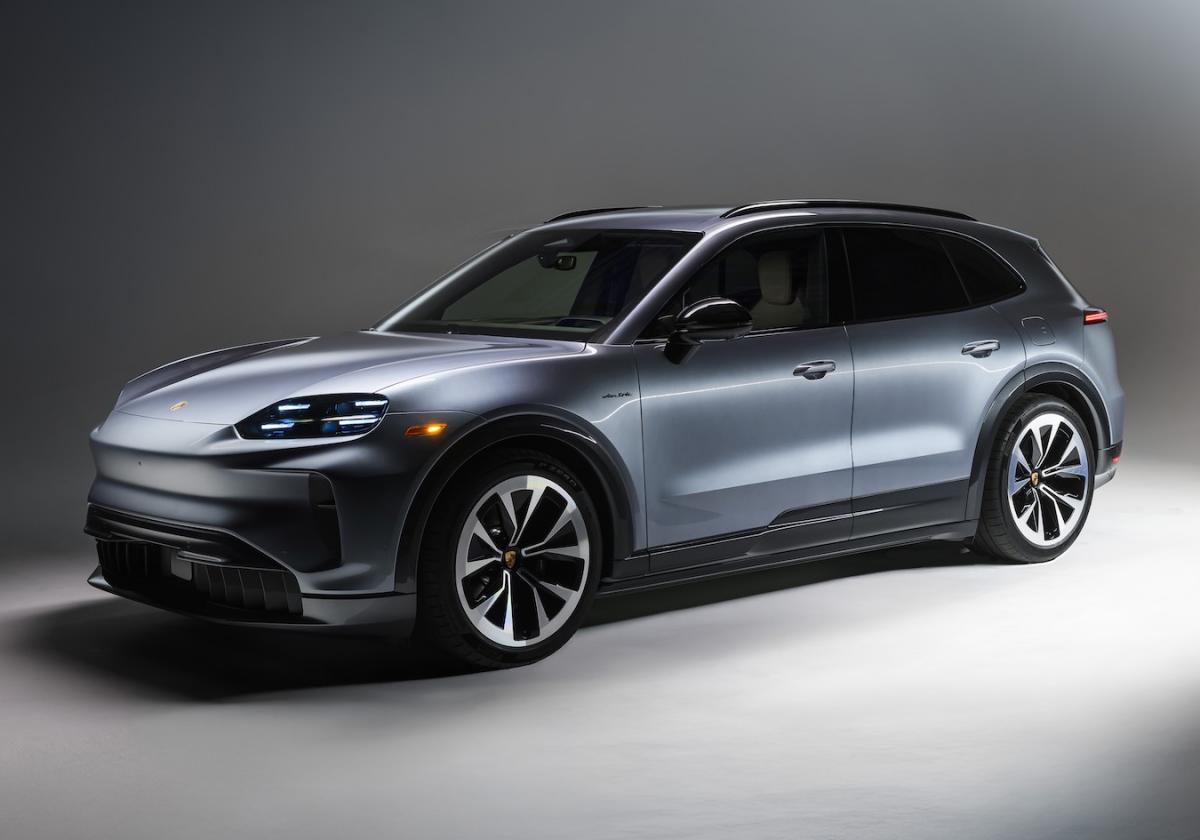- More efficient battery tech is crucial to open door to better EV adoption
- Next-gen batteries will store twice as much energy as today’s lithium-ion batteries – doubling range to 600 miles or more and slicing recharging time by two-thirds.
- Most of the industry is betting on solid-state batteries as the game-changing solution
A bevy of new fully electric vehicles coming onto the market this year has heightened interest in EV purchase rates and tempted many motorists to make the switch from gasoline to EV. But those figures still only amount to around a 5% share of the market with the vast majority of drivers still concerned about range anxiety and infrastructure issues, not to mention the price factor. On average, EVs are around 15% to 20% more expensive than their gasoline or hybrid rivals.
At an average price of about $62,000, EVs are still too expensive for many — and the high cost of lithium-ion batteries is mostly to blame.
But there is light at the end of the tunnel. New battery technologies in development could open the door to the widespread adoption of electric vehicles by cramming more energy into a cheaper, smaller package.
This needs to happen because consumers won’t embrace electric vehicles until they cost about the same as (or less than) gasoline cars and provide a comparable driving range — at least 300 miles between charges.
But with volatile battery and raw material prices, cheaper battery adoption may take longer than expected. After falling for a decade, battery prices rose in 2022 due to higher raw materials costs.
Over the last few years, scientists have been trying to develop inexpensive, lightweight next-generation batteries that do it all — hold lots of energy, release power quickly, operate safely and last a long time. Plus—they need to be lighter and cheaper.
Battery development, however, is a game of trade-offs. High performance on one criterion generally means lower performance on another.
A battery with higher “energy density” (meaning it’s designed to store more energy) could overheat and catch fire, for example. The challenge is finding the right mix of materials and chemical processes to optimize performance across the board.
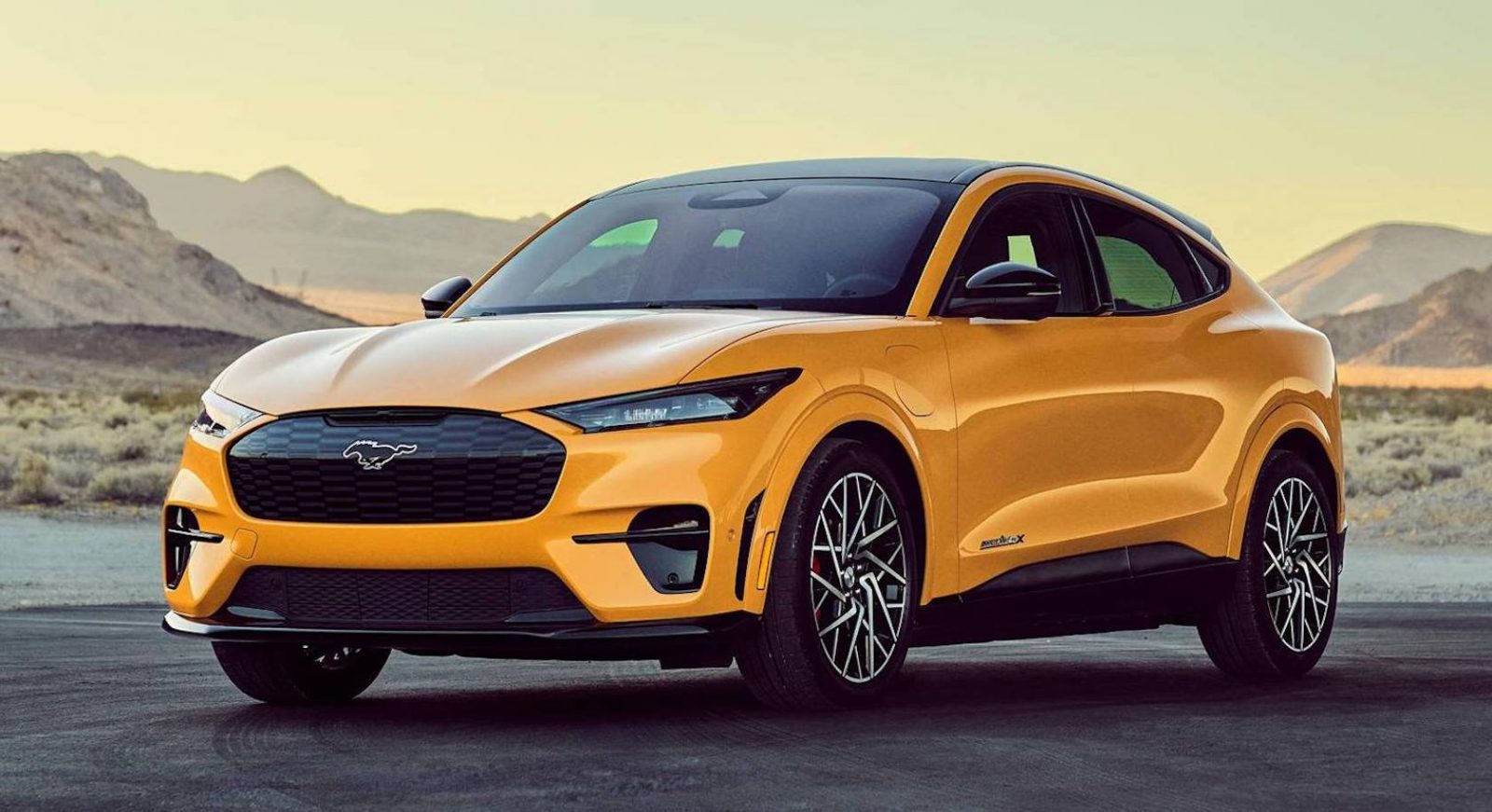
Most of the industry is betting on solid-state batteries as a game-changing solution. These batteries replace the gooey liquid electrolyte that carries lithium ions between the cathode and the anode with a thin ceramic or sulfide-based material.
These next-gen batteries are expected to store twice as much energy as today’s lithium-ion batteries — potentially doubling the range of an electric car to 600 miles or more — and possibly recharge in one-third the time.
They’d also be lighter, cheaper and less likely to burst into flames, scientists say. Many companies are working on the technology, from automakers such as Toyota and Nissan to battery giants like Panasonic and Samsung and startups including QuantumScape and Solid Power.
Despite encouraging lab results, however, the industry has yet to prove it can scale the technology for mass production. In the meantime, there are other ways to squeeze better performance and lower costs from today’s EV batteries, such as adding silicon to graphite anodes or shifting to pure “lithium-metal” anodes, both of which are in development.
For now, some carmakers, including Tesla and Ford, are turning to cobalt- and nickel-free lithium-iron-phosphate (LFP) batteries, especially for their lower-priced EVs.
While LFP batteries are cheaper and safer, they provide a shorter driving range than batteries made with cobalt and nickel. As charging infrastructure improves, however, that might become less of an issue, some experts say.
“There’s a prevailing thought that 300 miles is table stakes for the next generation of electric vehicles,” says Mark Verbrugge, director of General Motors’ Chemical and Materials Systems Laboratory.
OUR THOUGHTS
Many in the industry are citing “300 miles” as the magic number for desired EV range. I would suggest that a range of 400 miles would be a much better number to win over a lot more motorists who are interested in switching to EVs, but are still not satisfied with the current state of EV range. Hopefully, the much-lauded solid-state batteries can come to the rescue.

